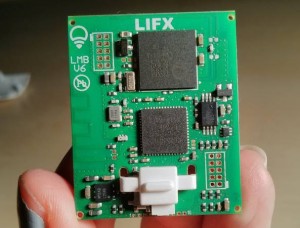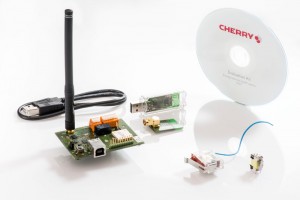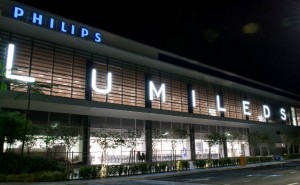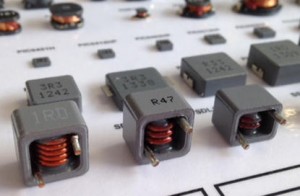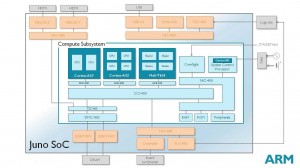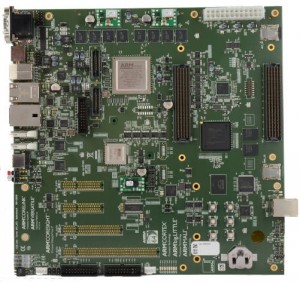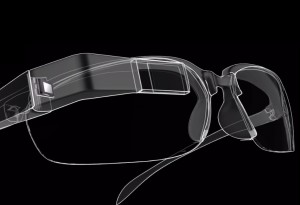 Over the last few years, millions of products incorporating pico projection have shipped, and developers are constantly innovating new applications for this rapidly growing display category.
Over the last few years, millions of products incorporating pico projection have shipped, and developers are constantly innovating new applications for this rapidly growing display category.
Pushing beyond front projection, applications for pico projection include near eye display, interactive digital signage, standalone portable projectors and embedded projection in smartphones.
Imaging Technology
Designers are faced with many imaging technology options, the most important being selection of a device that most efficiently utilises light. There are two different optical path architectures in the marketplace: transmissive and reflective.
Reflective technologies utilise an array of microscopic mirrors to create the image without fundamentally altering the light, in turn maximising light efficiency (see diagram below).
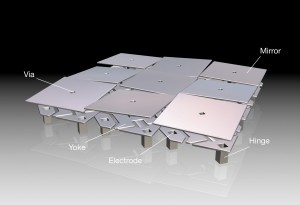
Reflective MEMS micromirror array
In contrast, other technologies employ transmissive or a hybrid of transmissive and reflective systems, requiring polarization of light to control the intensity of each pixel. Transmissive methods incur significant light loss, thus reducing optical efficiency.
When considering the selection of a display technology, it is important to efficiently capture light without worrying about polarization, resulting in higher brightness at lower system power. Reflective displays with micromirrors, such as DLP technology, provide this advantage.
Switching speed is a third consideration for the selection of display technology. The developer should look for a technology that can switch as quickly as possible, as this will allow the design to instantaneously control the light path and colour sources for the system.
The faster switching speed not only provides better colours but also better image quality, as there is less motion blur, resulting in a better viewing experience. As a point of reference, Texas Instruments DLP Pico devices can switch each pixel/micromirror up to 3,000 times per second.
Light Sources
When considering light sources, there are three primary options: lamps, LEDs and lasers. Lamps are commonly used in conference room and home theatre projectors, where high lumen levels (Over 2000L) are required.
For pico projectors, the most common light sources used are LEDs, specifically individual red, green and blue LEDs. The benefit of LEDs is that they provide the best trade-off between cost, size, brightness (lumens per watt) and reliability.
Laser illumination has the benefit of high flux density (in lumens) from a small size, as well as highly-saturated colours. Laser illumination is an attractive option for pico projector applications requiring hundreds of lumens and where the cost of lasers can be accommodated.
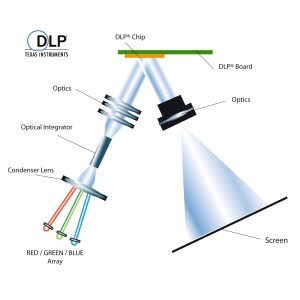
Typical pico display system
Optical Engines
Creating an optical engine design involves numerous trade-offs, each of which has an effect on size, cost and optical efficiency. There is an existing, mature network of Optical Engine Manufacturers (OEMs) that can supply fully-tested, off-the-shelf (OTS) designs for most pico projection applications.
Using an existing OTS design is the fastest way to get to market. If there isn’t an OTS design that meets a developer’s needs, OEMs are fully capable of creating semi-custom or custom designs.
For most pico projectors, achieving efficiencies for battery operation is critical. An important aspect of managing power comes through utilising algorithms to analyse the image on a frame-by-frame basis. By doing so, the intensity of each LED can be optimised for each frame.
For example, a blue sky will not need much red and green, while a red sunset won’t need much blue and green. This can provide savings in power consumption of up to 50 percent without compromising image quality or brightness, and in many cases actually improves both.
Although we won’t go into specific algorithms here, there are numerous resources available to explore and learn more about proprietary algorithm offerings from various technology providers.
Furthermore, adding an ambient light sensor to a pico projector enables algorithms to adjust the image brightness to suit varying ambient light conditions. This further maximises battery life and optimises the viewing experience.
Special considerations for emergent product categories
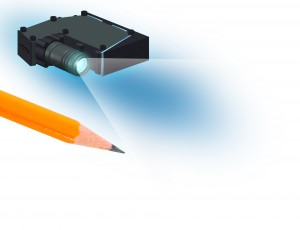
Pico projector
It is important to note that there is a variety of emerging product categories using DLP Pico technology to achieve unique design requirements and each of these will have their own design considerations. For example:
- In near eye displays – whether in the form of glasses, goggles, visors, augmented reality helmets or other novel form factors, MEMS switching speed and display contrast are far more important than light source brightness.
- For resilient digital signage that can be projected onto storefront windows, having a long-lasting and bright light source is just as important as the projection quality enabled by the imaging technology and more key than power optimisation.
- When developing ultra-short throw (UST) TV devices to be competitive in the marketplace, consideration needs to be given to high definition resolution, battery conservation and light engine size.
By exploring these guidelines and pragmatically selecting image technology, light sources, optics and software implementation, developers can create innovative and exciting world-class applications incorporating DLP pico projection.
Writer is Carlos Lopez, strategic marketing manager for pico products at Texas Instruments DLP.



